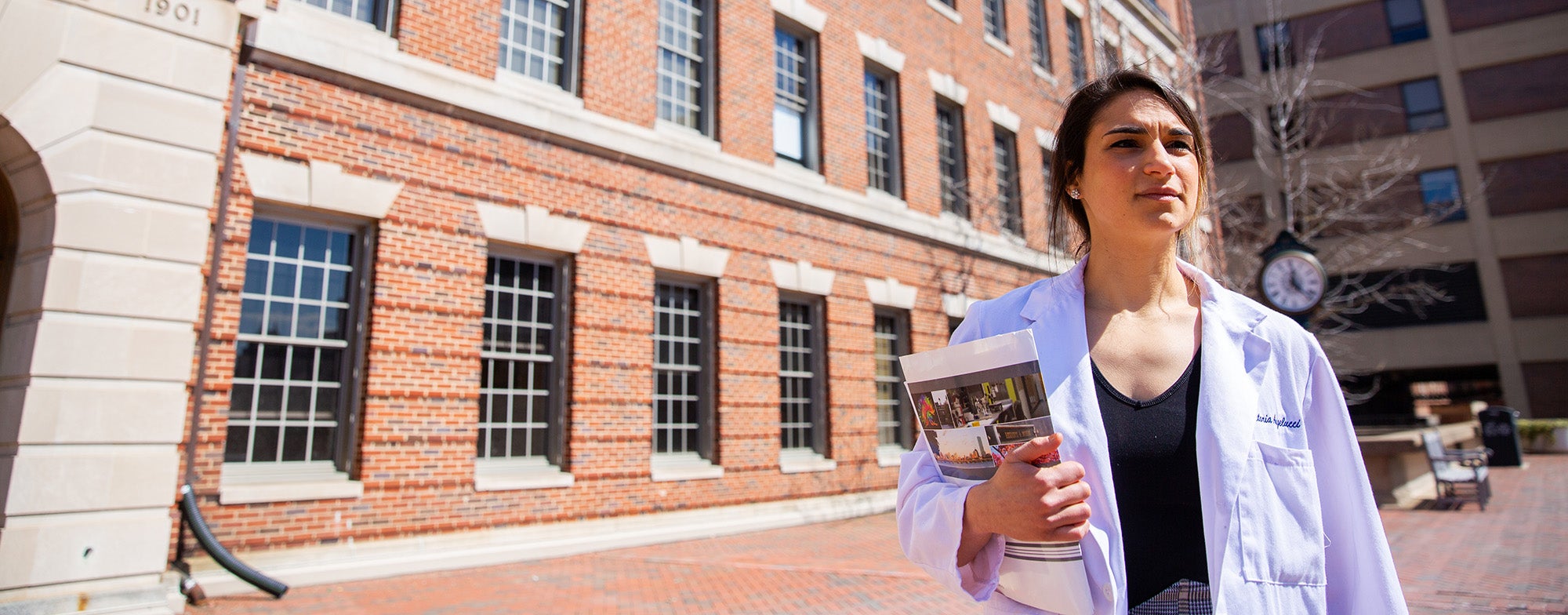About the LCME Accreditation Process

LCME Accreditation Process
Liaison Committee on Medical Education (LCME) accreditation is a voluntary, peer-review process to assess an institution’s compliance with nationally accepted standards of educational quality. The LCME accreditation survey typically occurs on an eight-year cycle, and consists of four main components:
- Compilation of the data collection instrument (DCI) (Learn more about this.)
- Faculty-led institutional self-study
- Student-led independent student analysis (ISA)
- LCME site visit
LCME Standards
The LCME defines the functions and structure of a medical school using a framework of 12 accreditation standards, each with an accompanying set of elements (93 elements in total). The standards are organized to flow from the broader level of the institution to the program and curriculum level, and finally to the individual student level.
Key Terminology
Data Collection Instrument (DCI)
The Data Collection Instrument (DCI) is one of the documents submitted to the LCME as part of the survey package. The DCI contains the data and information that the school must provide for each accreditation standard and element outlined in the LCME’s Functions and Structure of a Medical School. (Learn more about this.)
Faculty Accreditation Lead (FAL)
The Faculty Accreditation Lead (FAL) is responsible for overall accreditation survey oversight, including drafting and final synthesis of the DCI and survey package documents, oversight of the institutional self-study process, and facilitating the site visit.
Independent Student Analysis (ISA)
The Independent Student Analysis (ISA) is completed by student leadership without oversight from Administration. The ISA is used to provide data for the DCI and is submitted as part of the accreditation survey package to the LCME.
LCME
Liaison Committee on Medical Education, the accrediting body
Self-Study Summary Report
The self-study summary report synthesizes individual reports from the task force subcommittees into a final summary report that includes a statement of institutional strengths and issues that require attention to ensure ongoing or future satisfactory performance in the accreditation elements and to improve programmatic quality. The self-study summary report is submitted as part of the survey package.

